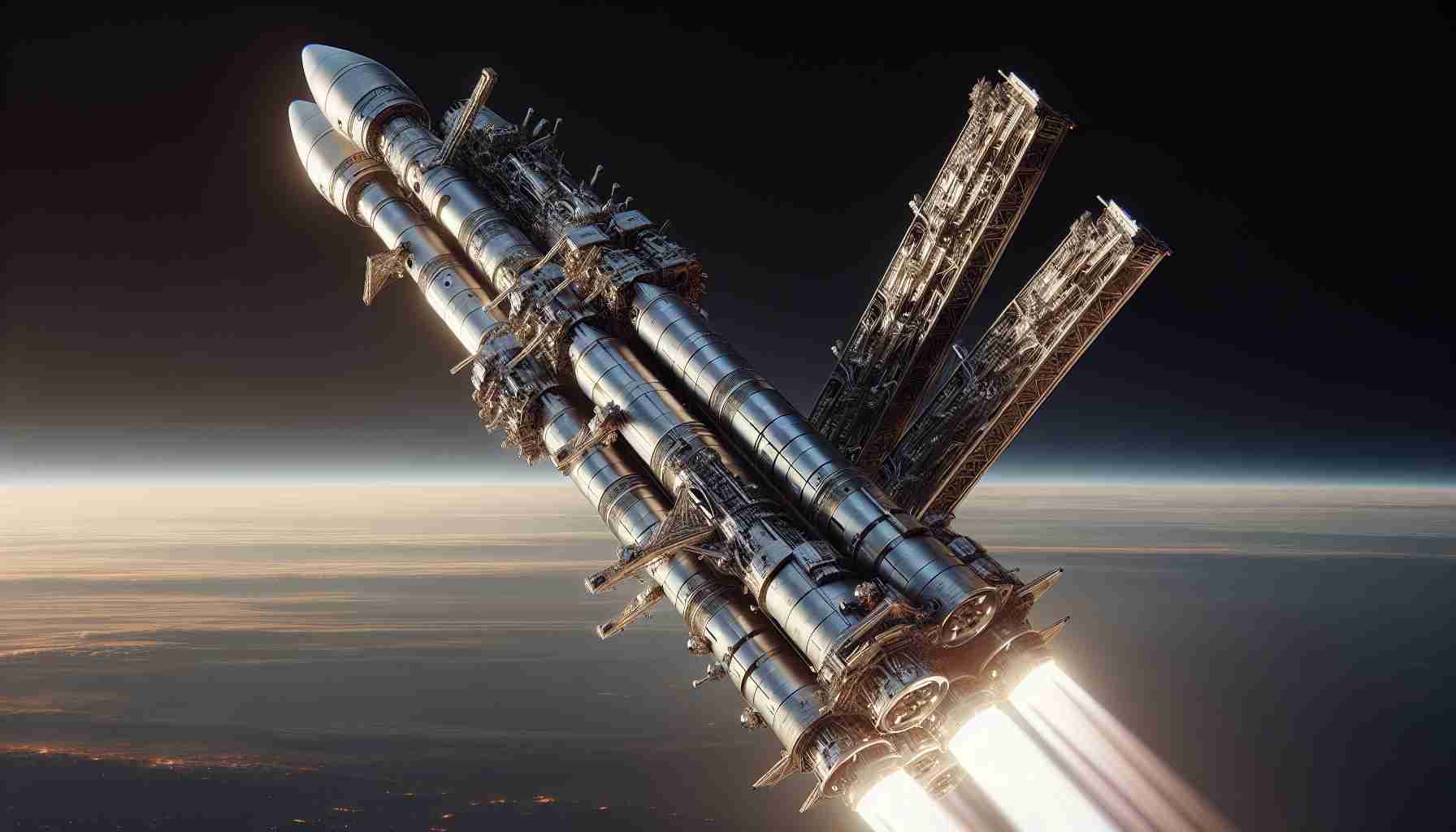In the heart of Washington state, a groundbreaking venture is on track to redefine space travel. Stoke Space, helmed by CEO Andy Lapsa, is ambitiously pursuing the elusive dream of a fully reusable rocket. This innovation strives to transform space travel into an experience as routine as hopping on a plane, marking a significant leap in aerospace technology.
Reusability at its Peak
Stoke Space’s cutting-edge initiative involves constructing rockets where not only the booster but also the upper stage can return to Earth and be launched anew. At their state’s Kent facility, a team is diligently assembling both these aspects alongside two unique engines. The co-founder, Tom Feldman, envisions a future where space missions operate as frequently and reliably as current airline schedules, drastically reducing costs and expanding commercial opportunities.
A Bold Mission Ahead
Aiming for late next year, the team intends to launch their first rocket from Cape Canaveral. Though the initial launch will involve an expendable vehicle, the goal for complete reusability is not far off, expected to take another 12 months. Stoke’s prototypes have already been tested at their Moses Lake location, surrounded by intricate test facilities.
Innovative Engineering
Unlike traditional engines, Stoke’s unique “ring of fire” design sees multiple small thrusters working in concert with a heat shield. This design, integrated directly into their second-stage rocket, represents a thrilling innovation directed by Feldman and Lapsa since 2019.
This ambitious project reflects a new era in space exploration, with every launch aiming to make space more accessible and pave the way for future innovation.
Will Reusable Rockets Revolutionize Space Travel? Exploring the Pros and Cons
In the realm of ambitious aerospace advancements, companies like Stoke Space are pushing boundaries never seen before. While their pioneering efforts attempt to redefine what we know about space travel, other valuable and often overlooked facets contribute to this unfolding narrative. Let’s delve into some interesting aspects and potential controversies surrounding the development of fully reusable rockets and how they impact humanity and technology.
Interesting Facts and Controversies
One less-discussed aspect of reusability in rockets is the environmental impact. While reusability aims to reduce waste in space travel, the production and operation of these rockets require significant energy and resources. The environmental footprint of manufacturing advanced materials and fuels for these rockets is substantial. How does this align with global efforts toward sustainability?
Additionally, the movement toward more frequent launches, akin to air travel, poses its own challenges. Spaceflight requires precise scheduling, and an increase in the number of launches could lead to congestion in air and space traffic. Managing this safely is crucial to avoid risks not only to the payloads but to Earth’s atmosphere and orbit.
Despite these concerns, the potential advantages of reusable rockets are immense. They promise to make space exploration more economically and logistically viable, democratizing access to space. This technology could significantly reduce costs and open doors to new commercial opportunities in telecommunications, research, and even tourism.
How Does This Affect Humanity and New Technologies?
The democratization of space travel could spoil a surge in unprecedented technological advancements. With reduced costs and increased frequency of space missions, more entities — from small startups to educational institutions — could afford to participate in space exploration. This democratization could accelerate technological innovation significantly as diverse minds contribute to advancements in zero-gravity research, resource mining, and planetary science.
Furthermore, as technology evolves, the lessons learned from engineering fully reusable rockets can be applied to other sectors. Innovations in materials science, propulsion, and energy efficiency could find their way into everyday technology, improving everything from transportation to electronics.
Existing Challenges and Considerations
However, these advancements do not come without their set of challenges. Ensuring complete reusability requires overcoming significant engineering hurdles, especially in terms of thermal damage during re-entry and reliable recovery mechanisms. While Stoke Space’s unique “ring of fire” approach marks a promising lead, the overall safety and reliability of fully reusable rockets still need extensive validation.
Have Other Companies Embraced Reusability?
Yes, other major players in the space industry, like SpaceX and Blue Origin, have also been working on reusable rocket technologies. SpaceX’s Falcon 9 boosters have successfully returned and been reused, while Blue Origin’s New Shepard has demonstrated its capability for suborbital tourism.
Despite these accomplishments, each company faces unique challenges in achieving consistent and widespread reusability. Innovations like Stoke Space’s could potentially pioneer solutions, but only time will tell if their goals can become sustainably commercial at the scale anticipated.
Conclusion: A Double-Edged Sword
The pathway Stoke Space is treading has both promising advantages and serious considerations. The dream of making space exploration as routine as air travel is certainly possible, yet it demands careful attention to environmental, logistical, and safety challenges. As humanity stands on the brink of a new era of space exploration, these trials and triumphs will determine how seamlessly we can transition into this exciting future.
For more on the latest in aerospace technology, you might want to visit NASA and SpaceX.







